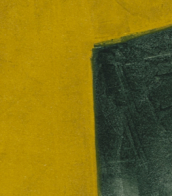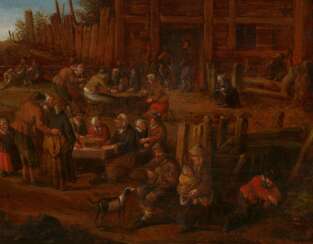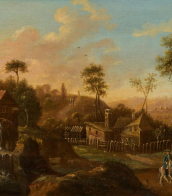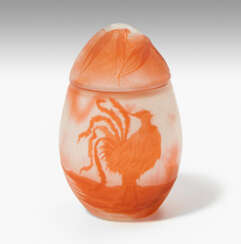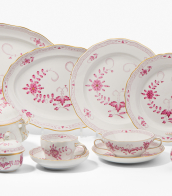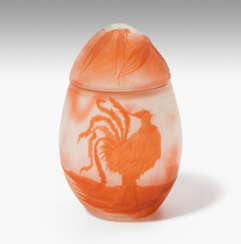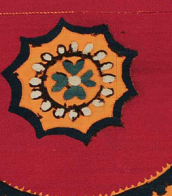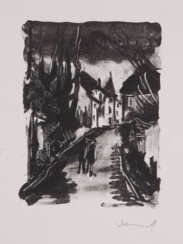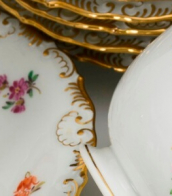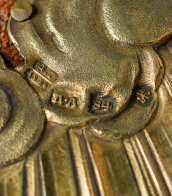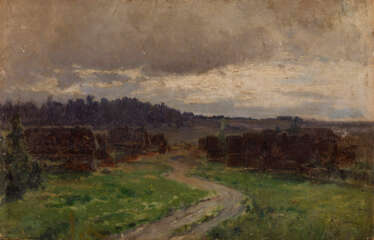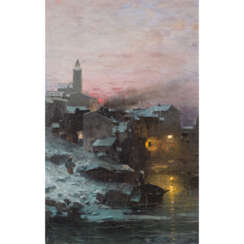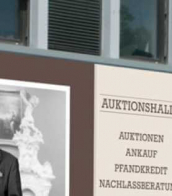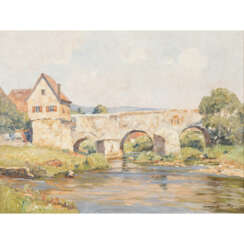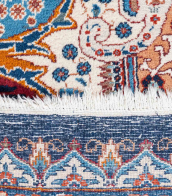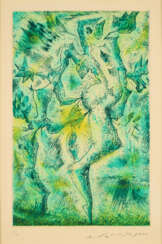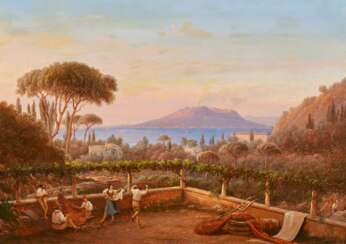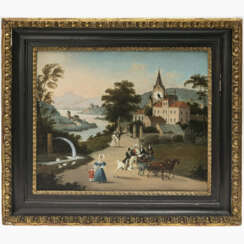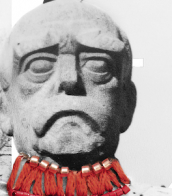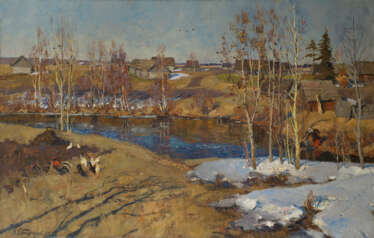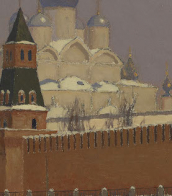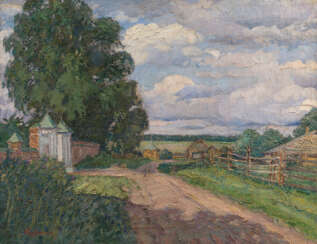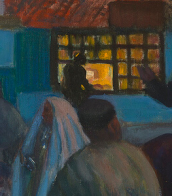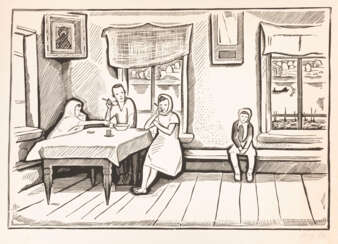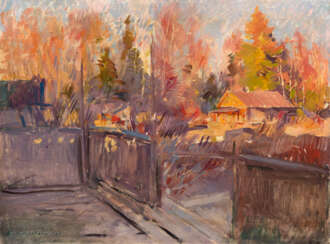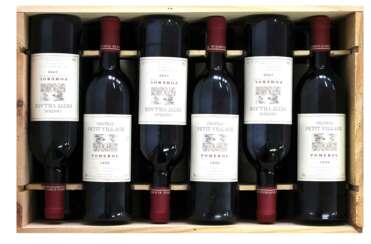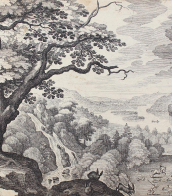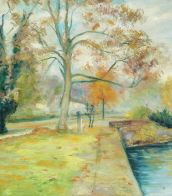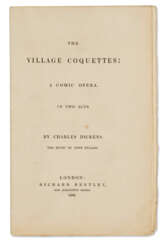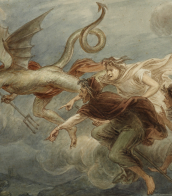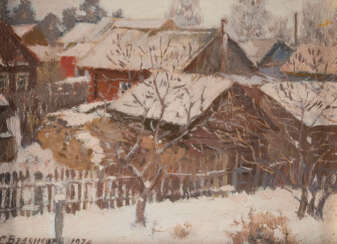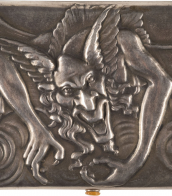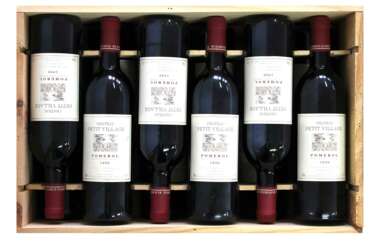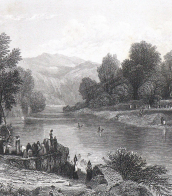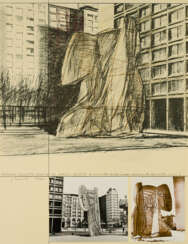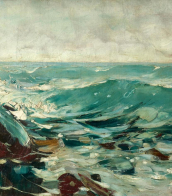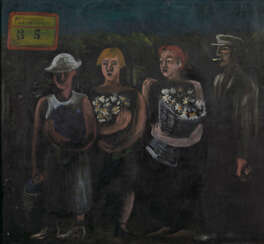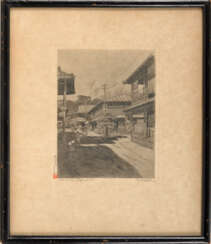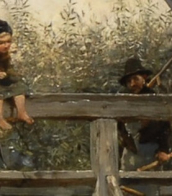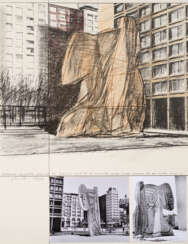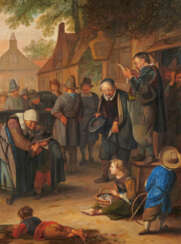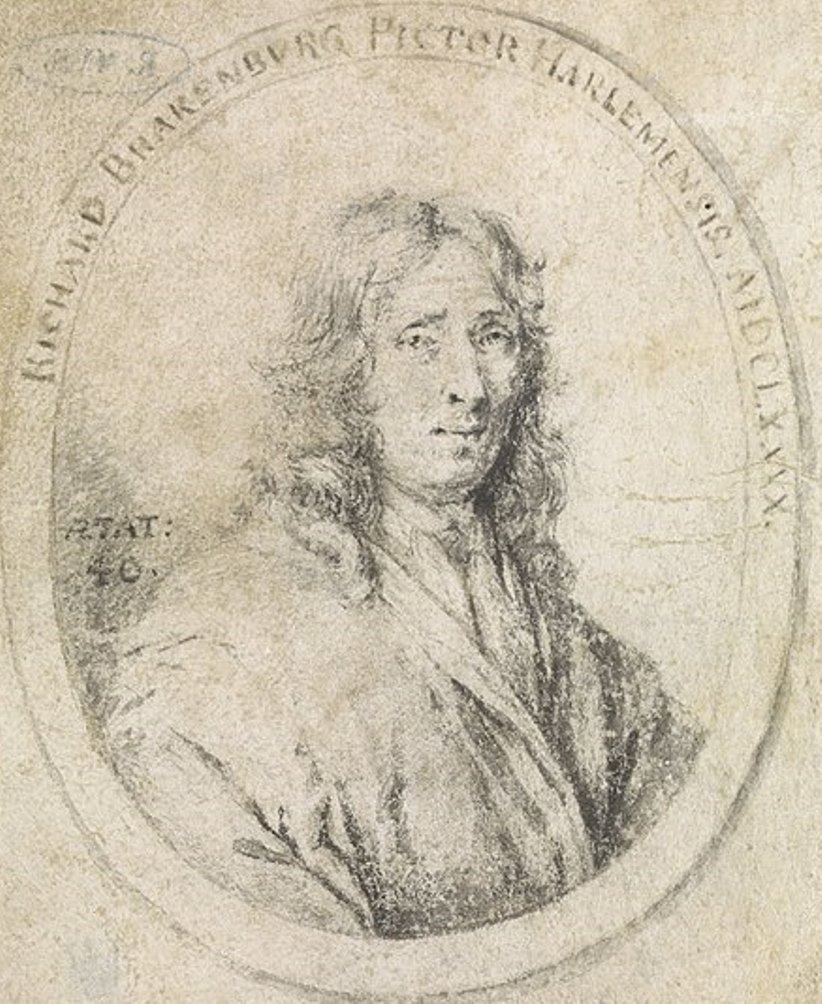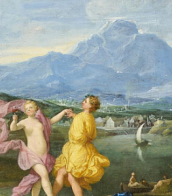village
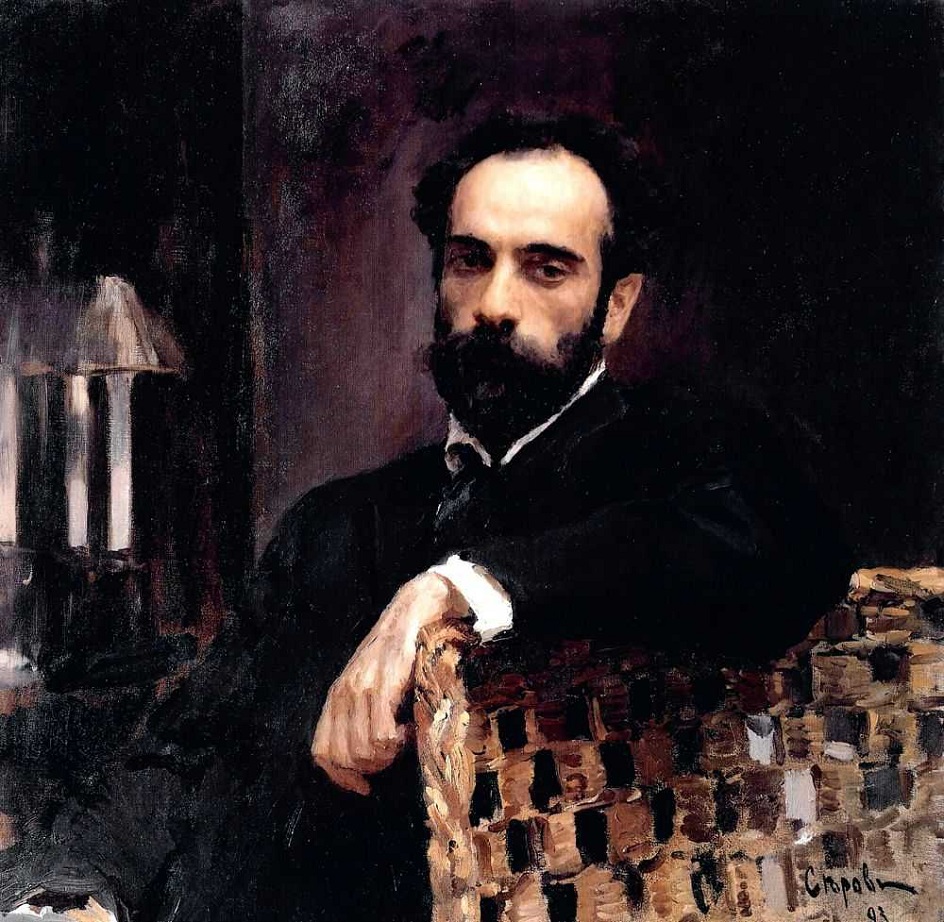
Isaac Ilyich Levitan (Russian: Исаак Ильич Левитан) was a distinguished Russian artist, celebrated for his profound contributions to the world of landscape painting. Born in 1860, Levitan's work is emblematic of the Russian landscape genre, capturing the emotive and atmospheric essence of the country's natural scenery. His artistry is not merely a depiction of the physical landscape but an exploration of the human emotion intertwined with the natural world, making his work resonate deeply with art collectors and experts alike.
Levitan's ability to infuse his landscapes with mood and emotion set him apart from his contemporaries. His paintings such as "The Vladimirka Road," "Above Eternal Peace," and "Golden Autumn" are lauded for their technical brilliance and emotive power. These works are showcased in prestigious museums, including the Tretyakov Gallery in Moscow, highlighting his importance in Russian culture and art history. Levitan's mastery in capturing the subtle transitions of light and his delicate portrayal of the seasons convey a profound sense of place and time, offering viewers a transcendent experience.
As an artist, Levitan's influence extends beyond his canvases, contributing significantly to the development of Russian landscape painting. His work embodies a unique blend of realism and impressionism, reflecting a deep connection to the Russian countryside. For collectors and experts in art and antiques, Levitan's paintings represent not only aesthetic beauty but also a rich cultural heritage. His legacy continues to inspire and captivate audiences, underscoring his status as a pivotal figure in the art world.
For those passionate about the intricacies of culture, art, and the storied canvas of history, Isaac Ilyich Levitan's oeuvre offers an unparalleled exploration of the Russian soul through landscape. We invite collectors and art enthusiasts to sign up for updates on new product sales and auction events related to Levitan's work. This subscription is your gateway to owning a piece of Russian artistic heritage, where the beauty of Levitan's landscapes can become a cherished part of your collection.
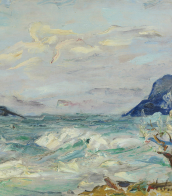
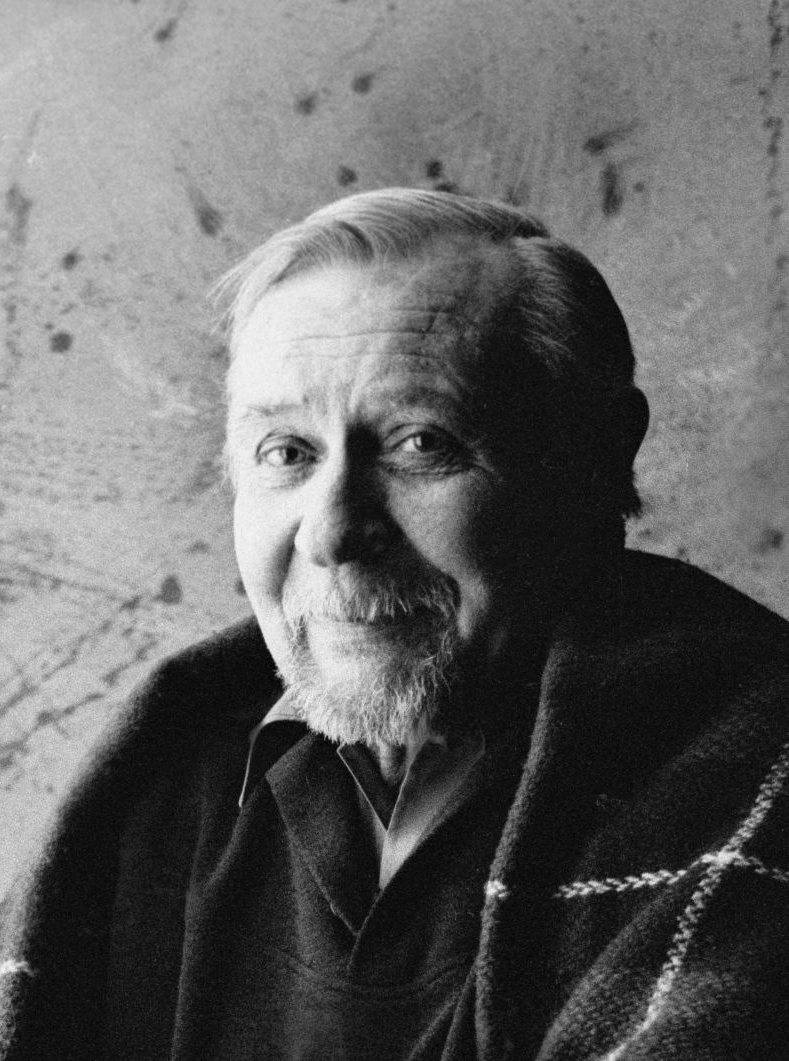
André-Aimé-René Masson was a French artist, celebrated for his profound influence on the world of modern art, particularly in painting and sculpture. Born in 1896, Masson's work is emblematic of the Surrealist movement, although his style evolved across different phases throughout his career. His ability to fuse dream-like imagery with abstract forms set him apart from his contemporaries, making him a pivotal figure in the development of Surrealism and beyond.
Masson's art is characterized by its dynamic forms and the integration of automatic drawing, where the unconscious mind is allowed to express itself without rational oversight. This technique not only foregrounded Surrealism's fascination with the subconscious but also highlighted Masson's unique ability to capture the complexity of human emotion and thought on canvas. His works, such as "The Metamorphosis of the Lovers" and "Battle of Fishes," are not just visual experiences but portals to the intricate layers of the psyche, showcasing his mastery over both form and content.
Notably, André-Aimé-René Masson's contributions extend beyond individual creativity; his works are housed in prestigious museums and galleries worldwide, including the Museum of Modern Art in New York and the Centre Georges Pompidou in Paris. These institutions recognize Masson's art not merely as aesthetic achievements but as cultural landmarks that continue to inspire and provoke. His legacy persists, offering rich insights into the intersections of art, psychology, and philosophy.
For collectors and experts in art and antiques, André-Aimé-René Masson's oeuvre represents a fascinating exploration of the Surrealist movement and its enduring impact on modern and contemporary art. His innovative approach to painting and sculpture invites ongoing discussion and appreciation among enthusiasts and scholars alike. We invite you to sign up for updates on new product sales and auction events related to André-Aimé-René Masson, ensuring you stay informed about opportunities to engage with the remarkable legacy of this pivotal artist. This subscription is your gateway to the forefront of art collection, focusing exclusively on Masson's influential body of work.
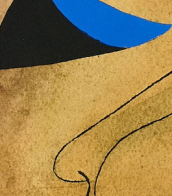
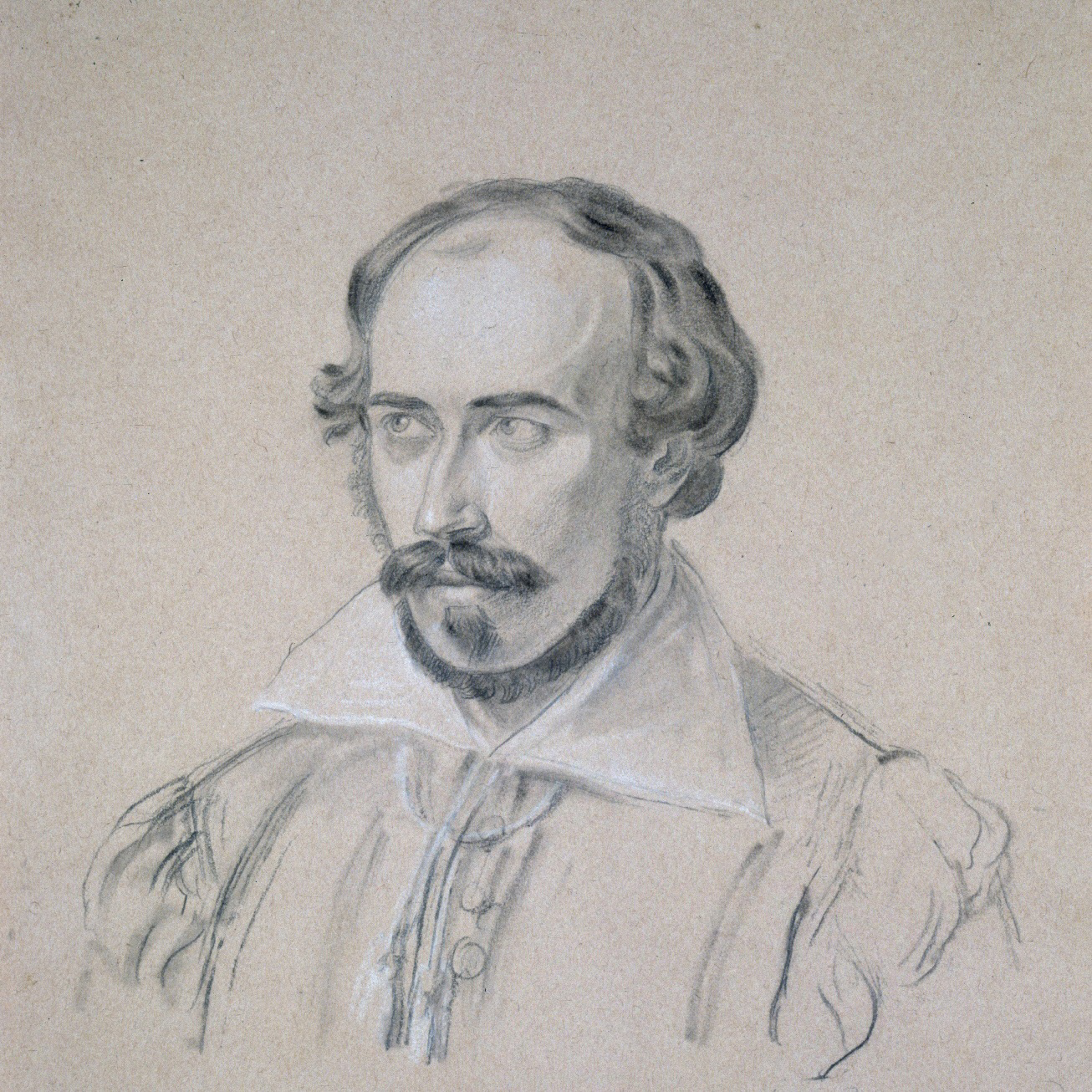
Johann Wilhelm Brücke was a German landscape and architectural painter. He studied painting at the Berlin Academy of Arts.
Johann Wilhelm Brücke spent 5 years in Italy with the support of his teacher Johann Erdmann Hummel and a small grant, creating landscapes and vedotes of Roman architecture. The artist found his own style early on and his work is easily recognisable by his use of reddish sunset colours. However, some of his later paintings are reminiscent of Edward Gertner's almost photographically realistic works.
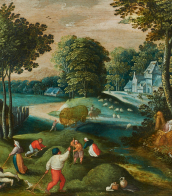
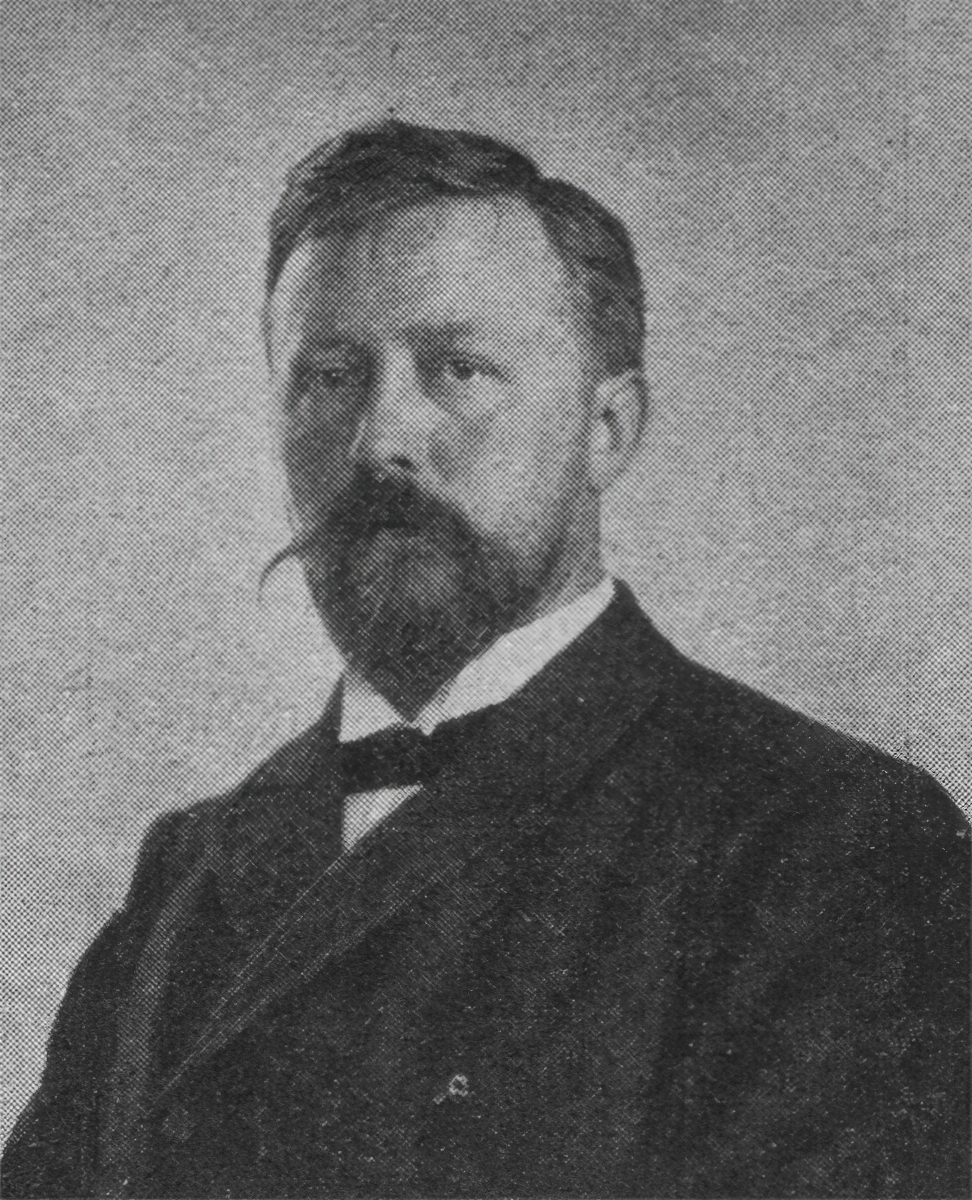
Friedrich Kallmorgen was a German Impressionist painter who specialized in landscapes and cityscapes.
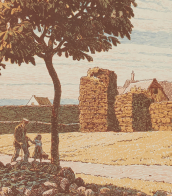
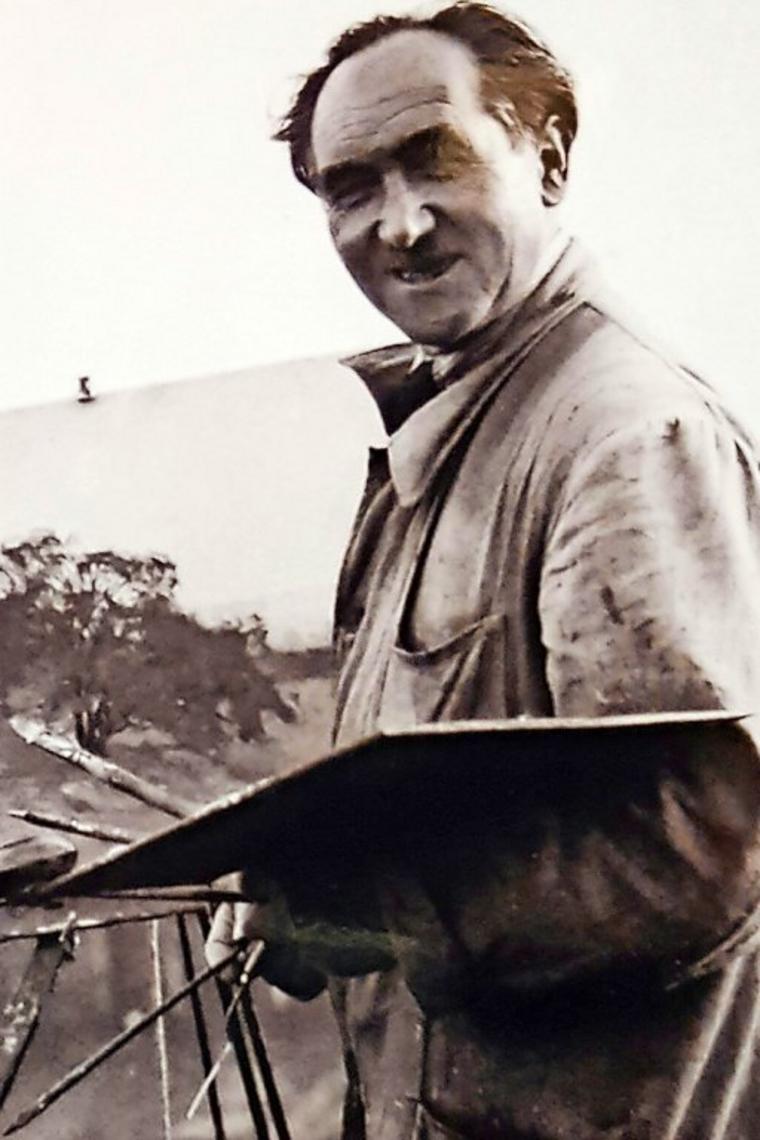
Otto Altenkirch was a German impressionist painter and stage designer. He studied at the Berlin University of the Arts and the Dresden Academy of Fine Arts.
Otto Altenkirch was one of the founders of the Künstlervereinigung Dresden, one of the artists who worked at the Dresden Museum and the Opera House.
For two decades one of his favourite subjects was the linden alley in Rheinsberg. In 1941 and 1943 his works were exhibited in the Große Deutsche Kunstausstellung (exhibition of Nazi-approved art in Munich).
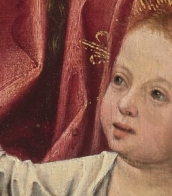
.jpg)
Maurice de Vlaminck was a French artist renowned for his vibrant use of color and contribution to the Fauvist movement. Born in Paris in 1876, Vlaminck's early work was marked by a passionate application of paint and a bold palette, drawing inspiration from Vincent van Gogh and Henri Matisse. His participation in the 1905 Salon d'Automne, alongside other Fauvist painters, was met with critical disdain, leading to the term "fauves" (wild beasts) being coined to describe their unorthodox use of intense color.
Vlaminck's career was characterized by a continuous exploration of color and form. Early on, he depicted scenes of daily life, landscapes, and portraits, imbuing them with a sense of motion through his dynamic brushwork. Notable works from this period include "Sur le zinc" (At the Bar) and "L'homme a la pipe" (Man Smoking a Pipe), which highlighted his departure from traditional portraiture and landscapes towards more expressive and mood-driven compositions. His landscapes, in particular, showcased a disregard for detail in favor of conveying atmosphere, a technique that was revolutionary at the time.
Throughout his life, Vlaminck's style evolved, showing influences from Post-Impressionism and later, a more monochromatic palette reminiscent of Paul Cézanne. Despite this evolution, he maintained a critical stance towards Cubism and its leading figure, Pablo Picasso, believing that Cubism had led French painting into a "wretched dead end". In his later years, Vlaminck's work adopted a darker palette and more naturalistic style, moving away from the Fauvist emphasis on color to explore the dramatic and expressive potential of landscapes and seascapes.
Vlaminck's impact on modern art is undeniable. His works are held in prestigious collections worldwide, including the Hermitage Museum in Saint Petersburg and the Minneapolis Institute of Art, attesting to his enduring influence and the continued fascination with his bold, expressive approach to painting.
For collectors and experts in art and antiques, Vlaminck's oeuvre represents a pivotal moment in the history of modern art, where the emotional intensity and visual impact of color were explored as never before. To stay informed on new product sales and auction events related to Maurice de Vlaminck, signing up for updates is recommended, offering exclusive insights into the vibrant world of Fauvism and modernist painting.
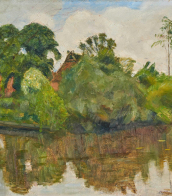
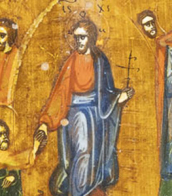
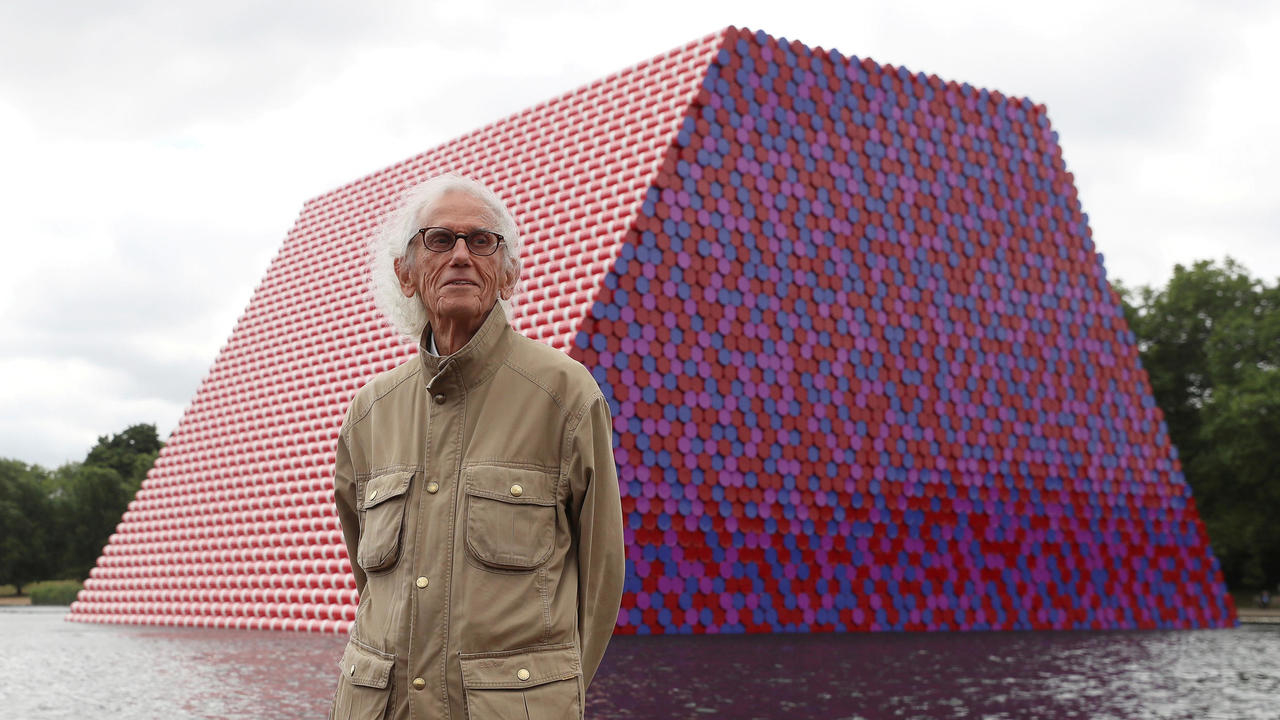
Christo Yavashev is a Bulgarian-born American sculptor and artist who, with his wife Jeanne-Claude de Guillebon, became famous for his work, in which he «packaged» objects ranging from a typewriter and a car to the Reichstag building and an entire seashore.


Christo Yavashev is a Bulgarian-born American sculptor and artist who, with his wife Jeanne-Claude de Guillebon, became famous for his work, in which he «packaged» objects ranging from a typewriter and a car to the Reichstag building and an entire seashore.
